The Great Bear – Story
In , Sir Berkeley Sheffield, Bart. – the owner of Normanby Hall, just outside Scunthorpe – asked the toy company Bassett-Lowke for a 1” to 1’ scale model of the GWR-only Pacific The Great Bear. This appears to have been made by James Carson & Co., Ltd. of Cricklewood, and can be seen at the back of their stand at a exhibition in the photo below.
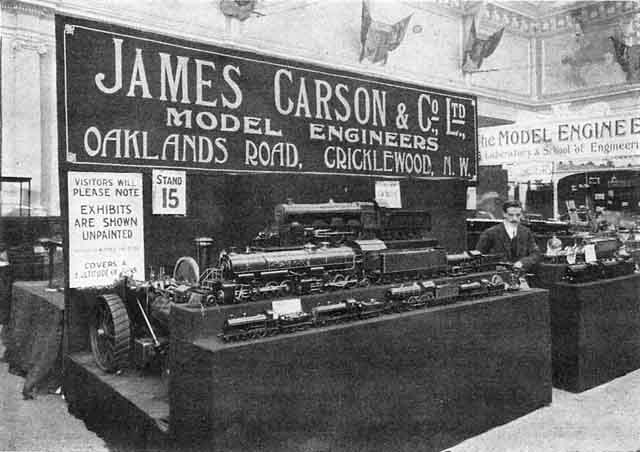
Sir Berkeley was a director of the Great Central Railway. The Great Bear was the name of the ship commanded by Edmund Sheffield against the Spanish Armada in .
Around , Sir Berkeley had a model railway constructed in the hall’s grounds. The railway was built to a scale of 1” to 1’, and ran from what is now the aviary to the deer park. The hub of the system was the red-roofed building which served as the engine and carriage shed, fuel store, etc. The locomotives were run out of the shed, onto a 6’-diameter turntable, and then onto the main line via a set of points.
Although classed as a ground-level track, the line first ran through a 3’-deep cutting before rising to an embankment 5’ high; it was from here that the line was to have been extended, but the plan never materialized, and the total length of the line remained at 420’.
There were three engines on the line:
- A model of a London and North Western Railway “Precursor”, 4’ 8” overall, with two cylinders and Joys valve gear. The engine had all the usual boiler fittings, and also an injector to supplement the mechanical axle pump.
- A nondescript type, 4-6-2, but with a general Great Northern Railway character. Almost 4’ 9” in length, the driving wheels were 6½” diameter, and it was fitted with four high-pressure cylinders, 2 1⁄8” × 1 1⁄8”.
- The finest of all the engines, The Great Bear; fitted with four 2¼” × 1¼” high-pressure cylinders, this 5’ 11” locomotive only just fit on the turntable.
The rolling stock consisted of three high-sided bogie wagons and four flat-topped wagons for passenger carrying. The stock also included a number of covered and open box wagons. Surprisingly, there were no models of any Great Central Railway locomotives or stock, despite the fact that Sir Berkeley was a director of the company.
The track was made of brass and was attached to the sleepers by brass chairs; this was supplied, along with the locomotives, by Bassett-Lowke. All the earth work was done by the Estate Department, and the track laid under the supervision of Messrs Braunston and Walters.
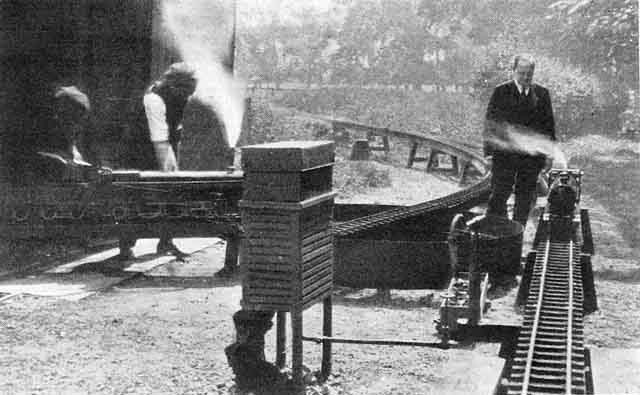
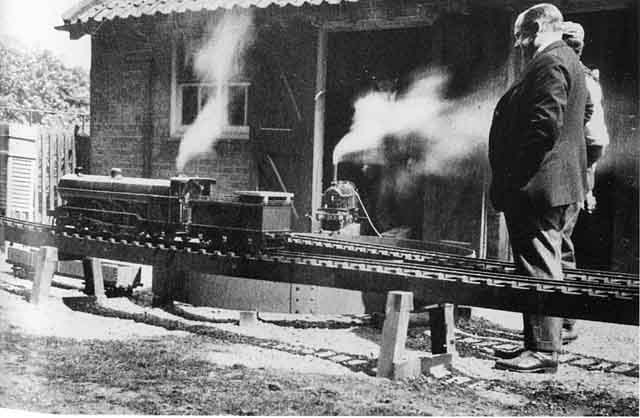
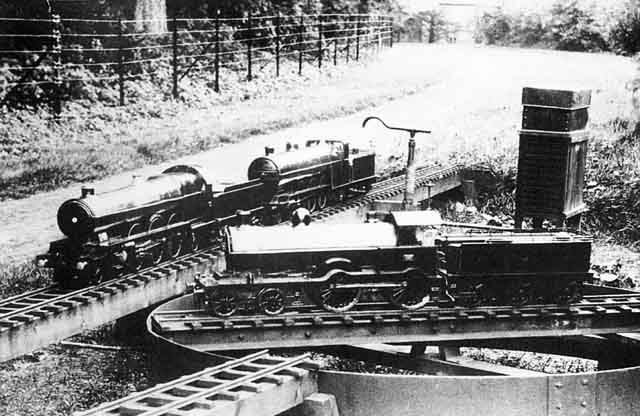
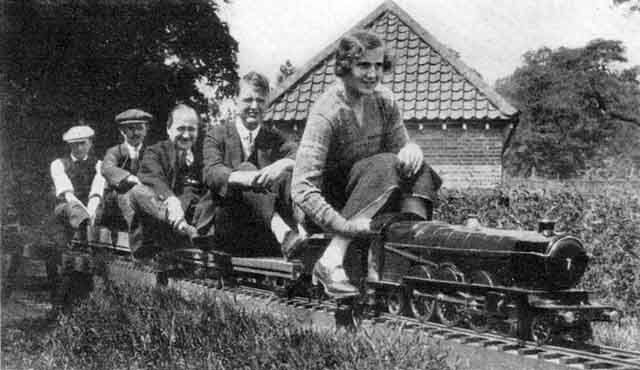
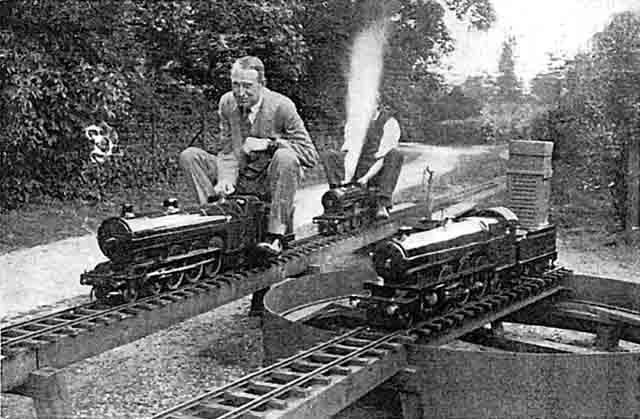
After Sir Berkeley’s death, the locomotives and track were sold, the latter to a fairground operator in Mablethorpe, Lincolnshire, who set up the railway near the main railway station; it was in use for a number of years before again being lifted in , and its whereabouts are now unknown.
Early in , the SSME was informed that The Great Bear was located in Dorset and could be for sale. It had not run for eight or nine years, but had been fitted with a new boiler in , built by Frank Morley of the Portsmouth Model Engineering Society. The original boiler was still with it, and can be seen in the photo below.
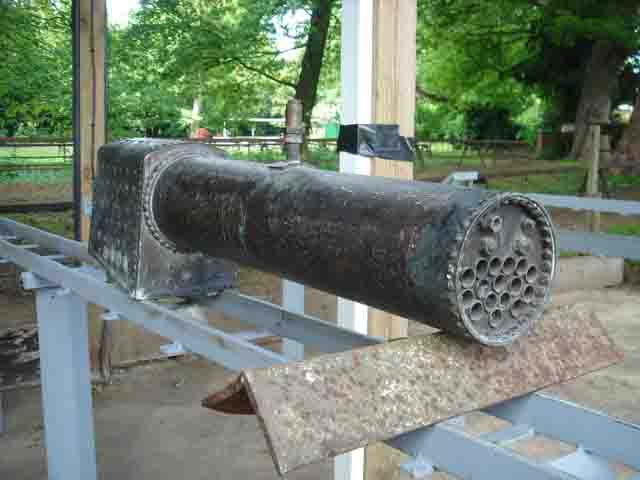
The Great Bear was given to the Southampton & District Society of Model Engineers in the early 1960s as the club locomotive, but because of the amount of work it required, nobody would take it on. Eventually, it was given to club member Ed Salt as his own, who regauged it to 5” and performed quite a bit of other work on it. It ran again around the late 1960s, and was sold around – to Ken Woodroofe, another member of the Southampton club, who eventually had it overhauled and the new boiler fitted.
Photographs were sent, and arrangements made for it to come to Normanby so that the Society could have a look at it and see what work it would require to pass a boiler test. On , a box was lifted out of a car, opened up, and The Great Bear could once more breathe the air of home.
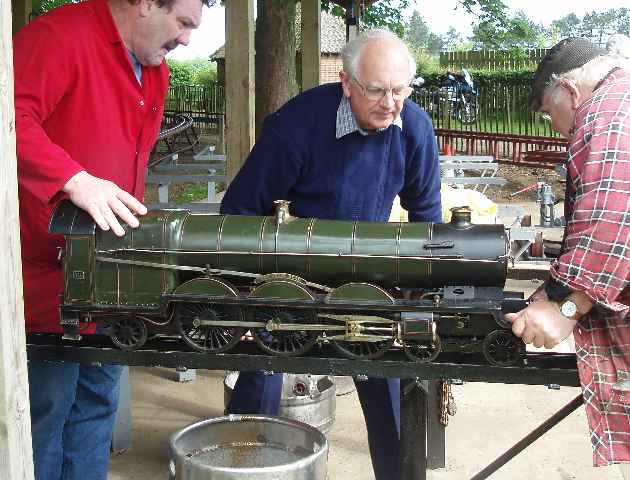
A number of members were there for the occasion; also present was Sir Reginald Sheffield, Bart., the grandson of Sir Berkeley. The Society’s boiler inspectors could not perform a full boiler test because the locomotive did not belong to a member of the Society. However, a hydraulic test was successful, so it was steamed up; no problems occurred, with the safety valves lifting at the correct time.
Once again, The Great Bear was ready to run the rails at Normanby; a little wider on the wheels, and a different track, not just a straight but a continuous one nearly a third of a mile long; but home at last. After the first run round, the driver Mike Mills informed us that everything was OK, so Sir Reginald and his son Robert were taken for a ride on the locomotive that their grandfather and great-grandfather had built nearly 100 years ago – a credit to Bassett-Lowke and James Carson.
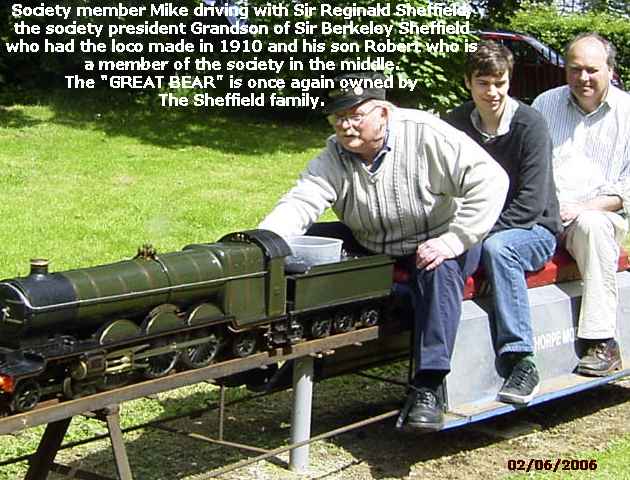
The locomotive has now been purchased locally and will be displayed in the Normanby Hall Farming Museum, and hopefully run on the track a number of times per year.
After some work, on a cold, damp, and foggy The Great Bear was again on the track at Normanby for a hydraulic and steam test. After a slight adjustment to the safety valves, everything was OK and once again, it could carry the public.
If anyone can give the SSME further information about The Great Bear or the other two Normanby locomotives, please contact the secretary.